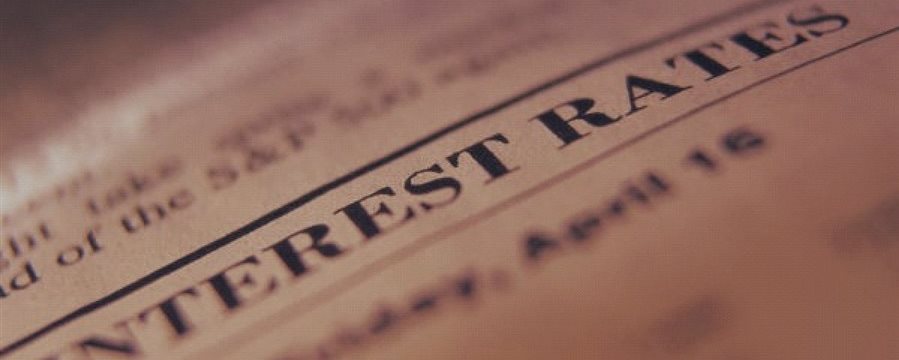
Why low interest rates are here to stay for longer than expected - View
Whether you’re a government, a big company or a tiny startup, it has never been cheaper to obtain capital than right now. And it is quite disturbing for macroeconomists.
Noah Smith, Bloomberg's columnist, reflects upon what has been happening with interest rates since 1980s. He reminds that since that time interest rates of all kinds have
been in decline. That looked like a
simple regression to the mean.
Central banks tightened a lot in early 80s in an effort to restrain inflation. But the decline during the past 15 years or so - and particularly since the financial crisis - goes way beyond a simple normalization, Smith writes.
For macroeconomists, this signals that old theories may be wrong. It’s disturbing for central bankers because it limits their actions
(nominal interest rates can’t be pressed below zero) even as it raises
the uncertainty under which they are forced to make decisions.
Why so low?
Interest rates are established in markets, where borrowers meet lenders. Falling rates can be explained by an increased desire to lend, a decreased desire to borrow, or both.
One theory imposes the responsibility on central banks, and it makes sense to most people, as everyday we hear that the Fed or the Bank of England has a policy of keeping rates near zero. But it still doesn’t mean that they have to work very hard to reach this goal. If private markets tend to low interest rates themselves, it means that in fact central banks have been a sideshow.
There is a ground for thinking central banks are not the most significant drivers of low rates:
- Not just nominal
rates that are historically low, real inflation-adjusted rates are also down. Most analysts believe that real interest rates can’t be affected
by monetary policy for very long.
- Economists think that if
central banks are keeping rates below what private markets want, we
should be seeing high inflation, but we are not!
- The end of the Fed’s bond-buying program of quantitative easing seemed to have only a small effect.
Does savings glut drive low rates?
Former Fed Chairman Ben Bernanke expressed this hypothesis in 2005. The idea was that
developing countries, like China, were saving more than they
were investing. The excess capital was flowing into the U.S. reducing borrowing costs.
Savings rates
have climbed in the U.S. as well after the financial crisis. Households are squirreling away more
of their paychecks, and businesses are hoarding cash. The
savings surplus might have gone global.
Demand side of the equation
Smith highlights another reason for low rates which is underestimated in his opinion, which comes from the demand side
of the equation. Overall, there is little desire to borrow.
Households in the U.S. and other countries that suffered a big housing bust have large overhangs of debt, and the crash showed them that debt was more dangerous than they had thought it would be. Businesses in Europe are unwilling to borrow to invest, given the running political indecision surrounding the euro and the sovereign debts of countries such as Greece. That may apply to Japan as well. Moreover, these rich countries have sharply declining populations. Dwindling domestic markets discourage firms from expanding.
In the U.S. companies may be holding back investment because they are afraid of weakness in export markets. China's economy is expanding less slowing many other developing countries. The recent wave of technological disruptions that make it more difficult for companies to plan ahead may represent another factor. Big investments demand big bets, and amid massive disruption, no one knows which bets to place. And even as disruption is rising, overall productivity is slowing.
How the era of low interest rates may be changed?
Central banks will hardly change it, Smith says. As long as private markets keep pressing rates down, central bankers will barely risk causing recessions by attempting to increase them.
Some factors may indeed stop the decline. American households will at some point work off their debt overhang
- already, the housing market is rebounding.
In the meantime, China is rebalancing toward a more consumption-based economy. That should do a little to reduce the savings glut, at least when China’s current steep slowdown has run its course.
However, such long-term trends as declining
global population growth and lingering technological disruption, witness of a very long period of low interest rates.


